How Shoulder Mobility Affects Your Climbing
Do you have pain between your shoulder blades after climbing?
Do you have trouble reaching your arms fully overhead?
Do you find yourself slouching with your shoulders rotated inward?
You might have poor shoulder mobility.
The areas that generally limit shoulder mobility in climbers are:
- The thoracic spine (mid-back)
- The scapula (shoulder blade)
- The glenohumeral (shoulder joint)
Climbers need adequate mobility in all areas of the shoulder to climb efficiently. The thoracic spine, scapula and glenohumeral joint all contribute to overall shoulder mobility. A study by Schoffl et al1 found that while finger injuries account for about 52% of rock climbing injuries, shoulder injuries have been on the rise from 5% (1998-2001) to 17.2% (2009-2012). The increase in shoulder injuries highlights the importance of addressing the shoulder region within a climbing injury prevention program.
The Thoracic Spine (Mid-back)
Climbing is a dynamic sport that tends to pull muscles and joints in an anterior (forward) direction. We have all seen the classic climbing hunchback at some point in our lives. This excessive rounding of the mid-back (thoracic kyphosis) can be attributed to muscle imbalances from climbing and poor posture. Most climbing movements pull the thoracic spine out of its natural alignment. If we neglect integrating thoracic mobility exercises into our injury prevention programs, we may all end up looking like Quasimoto from the Hunchback of Notre Dame. The key to avoiding the climbing hunchback is to perform exercises that pull the thoracic spine into a more natural alignment by focusing on exercises that straighten or extend the spine.

Photo of a thoracic mobility exercise
The Scapula (Shoulder Blade)
When the arm is raised overhead, the scapula rotates upward. This upward rotation allows for a full range of shoulder motion. It is extremely important to allow this scapular motion to occur.
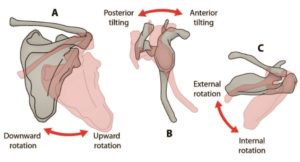
One of the primary muscles that creates this upward rotation is the Serratus Anterior. If the Serratus Anterior muscle is weak and not doing its job, the scapula won’t fully upwardly rotate and shoulder motion will be restricted. Strengthening the Serratus Anterior muscle will assist in the upward rotation movement of your scapula and may help reduce pain and improve shoulder mobility.
The Glenohumeral (Shoulder Joint)
It is important to improve mobility at the glenohumeral (shoulder) joint. Climbing develops the muscles in the front of the shoulders. This can lead to the muscles in the front of the shoulders becoming short and stiff and eventually rotating inwards. This inwards rotation makes it harder to rotate the shoulders outward into external rotation.
Due to the bony make-up of our arm, internally rotated shoulders limit shoulder mobility. Strengthening the external rotators and stretching the tight internal rotators can improve your overall shoulder mobility.
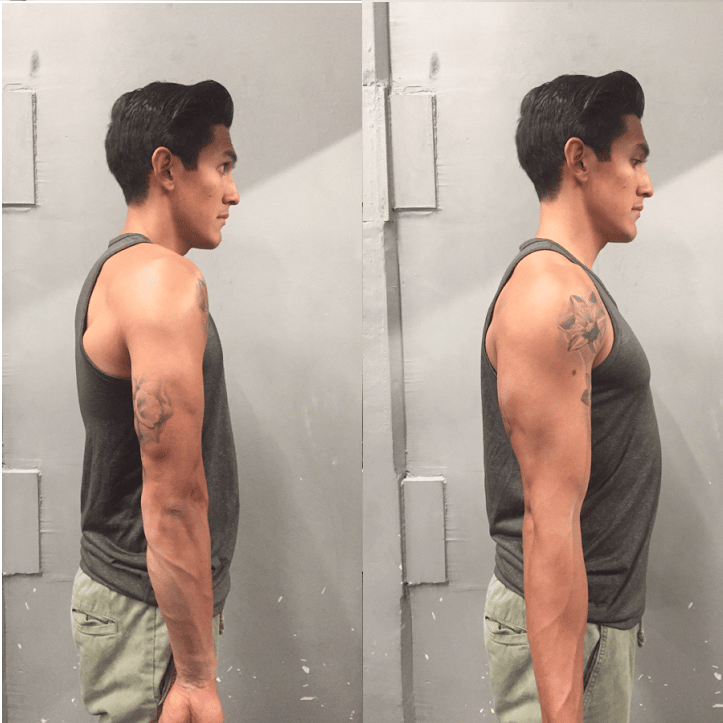
Photo of the shoulders internally rotated (left) and externally rotated to neutral (right)
Okay…..so what do you expect me to do about it?
Thoracic Spine Extensions
This a great drill to help prevent the dreaded hunchback. Lie on a soft medicine ball directly on your mid-back. Be sure to keep a neutral spine by engaging your core. This stretch can be progressed by raising your arms overhead.
Serratus Foam Roll Exercise
This drill promotes scapular mobility when raising arms overhead and scapular control when lowering the arms down. The key to this exercise is to keep the forearms pressed into the foam roller throughout the movement.
Overhead Reaches Against a Wall
This drill helps warm up your shoulders by promoting blood flow to your upper extremities. It also is a good drill to promote shoulder external rotation control with overhead reaching, a critical aspect to @climbpainfree This exercise also promotes thoracic and scapular mobility.
References
Schoffl V, Popp D, Kupper T, Schoffl I. Injury trends in rock climbers: evaluation of a case series of 911 injuries between 2009 and 2012. Wilderness Environ Med. 2015;26(1) 62-67
Picture:
https://www.linkedin.com/pulse/chiropractic-lower-trapezius-dr-alexander-jimenez
Author Bio
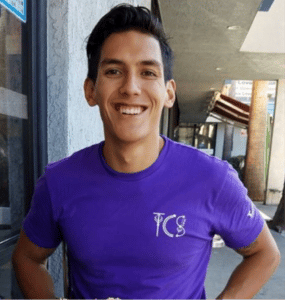
Chris received both his bachelor and master of science degrees in kinesiology: exercise science before heading to University of Southern California (USC) for the Doctor of Physical Therapy program. While at USC, Chris has immersed himself in clinical research training subjects at the Clinical Exercise Research Center and assisting with shoulder research at the Clinical Biomechanics and Orthopedic Outcomes Research Laboratory.
Outside of the classroom, Chris has been giving back to the climbing community offering mobility assessments and injury prevention advice at LA Boulders. He believes that empowering people through education is the bridge between performance and longevity. Chris also actively provides this through his Instagram @climbpainfree
He loves to spend his free time outdoors rock climbing, snowboarding, surfing, and hiking. Chris is always searching for opportunities to bridge his love for physical therapy and the outdoors together.
- Disclaimer – The content here is designed for information & education purposes only and the content is not intended for medical advice.


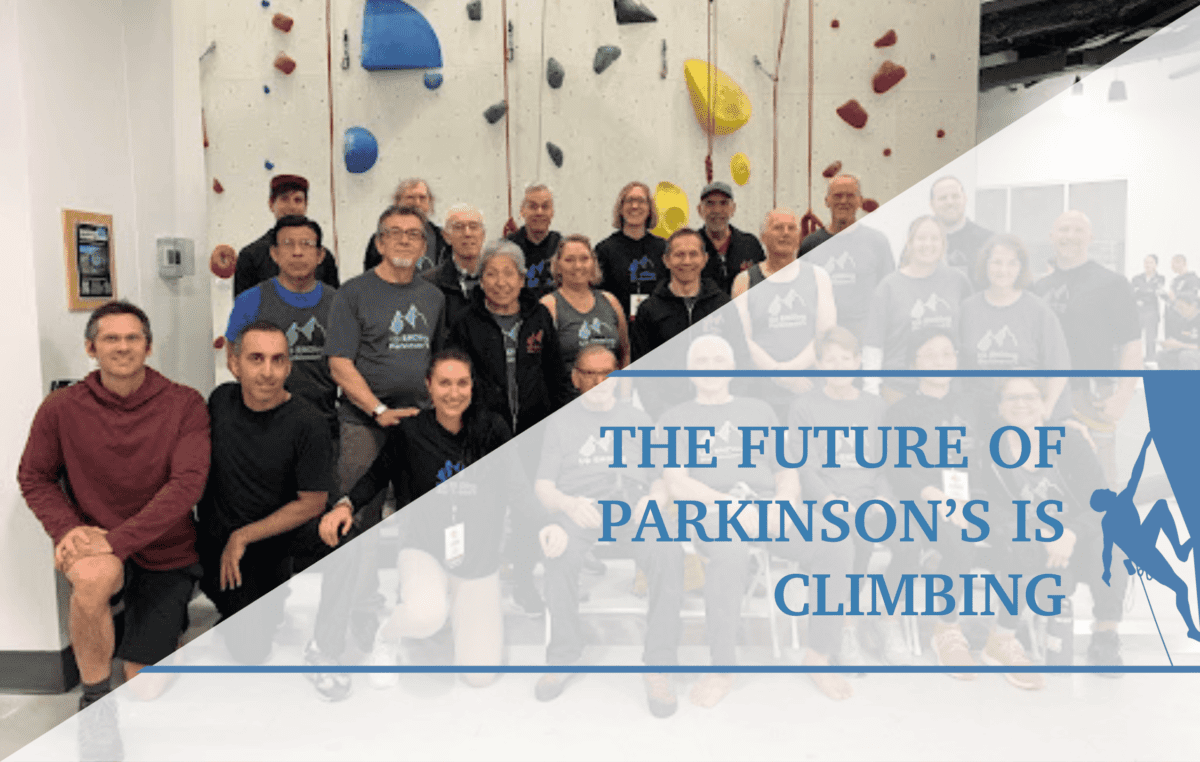

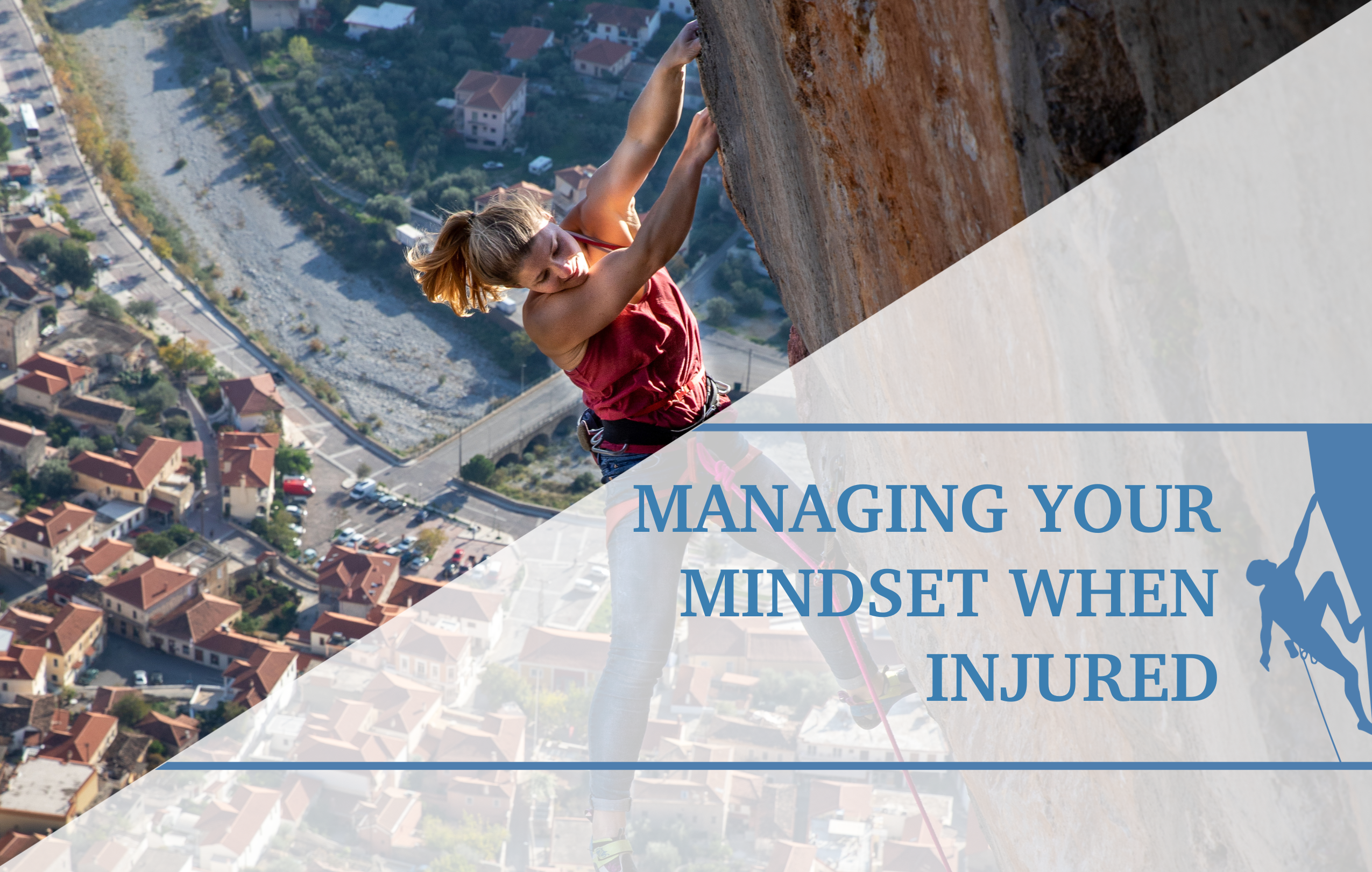
For the overhead reaches against the wall, should my whole spine be touching the wall or just my hips and upper spine?
For the Wall Angel exercise, your feet should be about 6 inches from the bottom of the wall, your entire back should be flat pressed against the wall. Below are some more detailed instructions:
Stand against a wall with your feet 6 inches away and with your knees slightly bent. Tighten your stomach muscles so that your back flattens against the wall. Raise your arms to the side with the elbows at shoulder height. Either bend your elbows to 90 degrees or keep straight. Press your arms strongly into the wall and slide them up overhead while keeping your back flat.
Tips:
Squat down slightly: Just enough to unlock your knees.
Engage your abdominals: This provides a solid foundation.
Keep your sternum down: Lower your breastbone.
Maintain a flat back: Press your low back into the wall.
Press your wrists on the wall: The back of the wrists should touch.
Tuck your chin: Drop your nose down slightly.
Awesome this helps a lot. I’ll keep working on it!
Great article. Though I don’t do mountain climbing, hiking, or anything of that sort. I think it’s important to take note workouts like this that can improve our mobility.